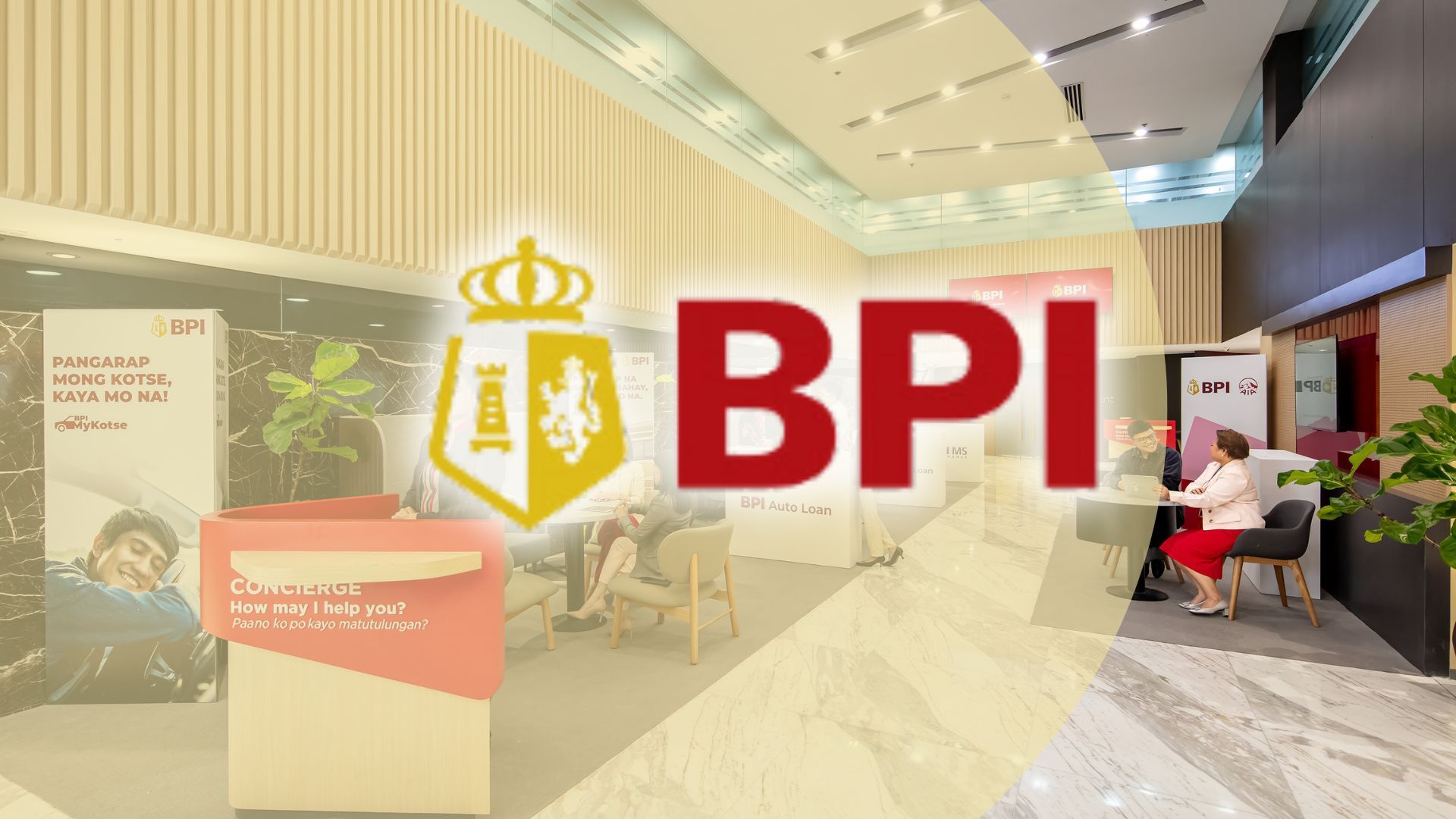
Ayala-led Bank of the Philippine Islands (BPI) reported a strong first-quarter net income of ₱16.6 billion, a nine percent increase year-on-year, driven by higher revenues that surpassed increased operating expenses and provisions for losses.
In a statement, the bank said its net income reached ₱16.6 billion in the first three months of the year ₱15.3 billion in the same period last year. This performance also represents an 18.3 percent increase from the previous quarter.
The bank attributed the solid financial outcome to higher revenues, which effectively absorbed the impact of increased operating expenses and provisions for potential losses. This translated to a return on equity of 15.35 percent and a return on assets of 2.05 percent.
Total revenues for the first quarter reached ₱44.7 billion, demonstrating a 13.1 percent year-on-year increase. This growth was primarily fueled by a robust 15.3 percent rise in net interest income, resulting from an 8.6 percent expansion in the average earning asset base and a 30-basis-point expansion in the net interest margin, which stood at 4.49 percent. Non-interest income also contributed positively, reaching ₱10.3 billion, a 6.3 percent improvement driven by higher credit card fees and transaction-based service charges, which more than compensated for a decrease in forex and trading income.
Operating expenses for the first quarter totaled ₱20.3 billion, a 12.7 percent year-on-year increase. This rise was mainly attributed to increased spending on manpower, technology, and expenses related to business volume. Despite this increase, the cost-to-income ratio improved by 16 basis points to 45.4 percent.
The bank recorded provisions for losses amounting to ₱3.0 billion for the first quarter. The non-performing loan (NPL) ratio stood at 2.26 percent, with the NPL coverage ratio at 100.11 percent.
BPI's total assets reached ₱3.3 trillion, marking a 6.9 percent year-on-year growth. Gross loans also saw significant growth, reaching ₱2.3 trillion, a 13.2 percent increase driven by strong performance across all portfolios, particularly in non-institutional loans.
Total deposits grew by 6.3 percent year-on-year to ₱2.6 trillion, resulting in a Loan-to-Deposit Ratio of 89.4 percent. Total equity stood at ₱448.6 billion, up 11.3 percent year-on-year, with an indicative Common Equity Tier1 Ratio of 14.69 percent and a Capital Adequacy Ratio of 15.43 percent, both comfortably above regulatory requirements.